Archive
2022
KubaParis
Fear & Greed
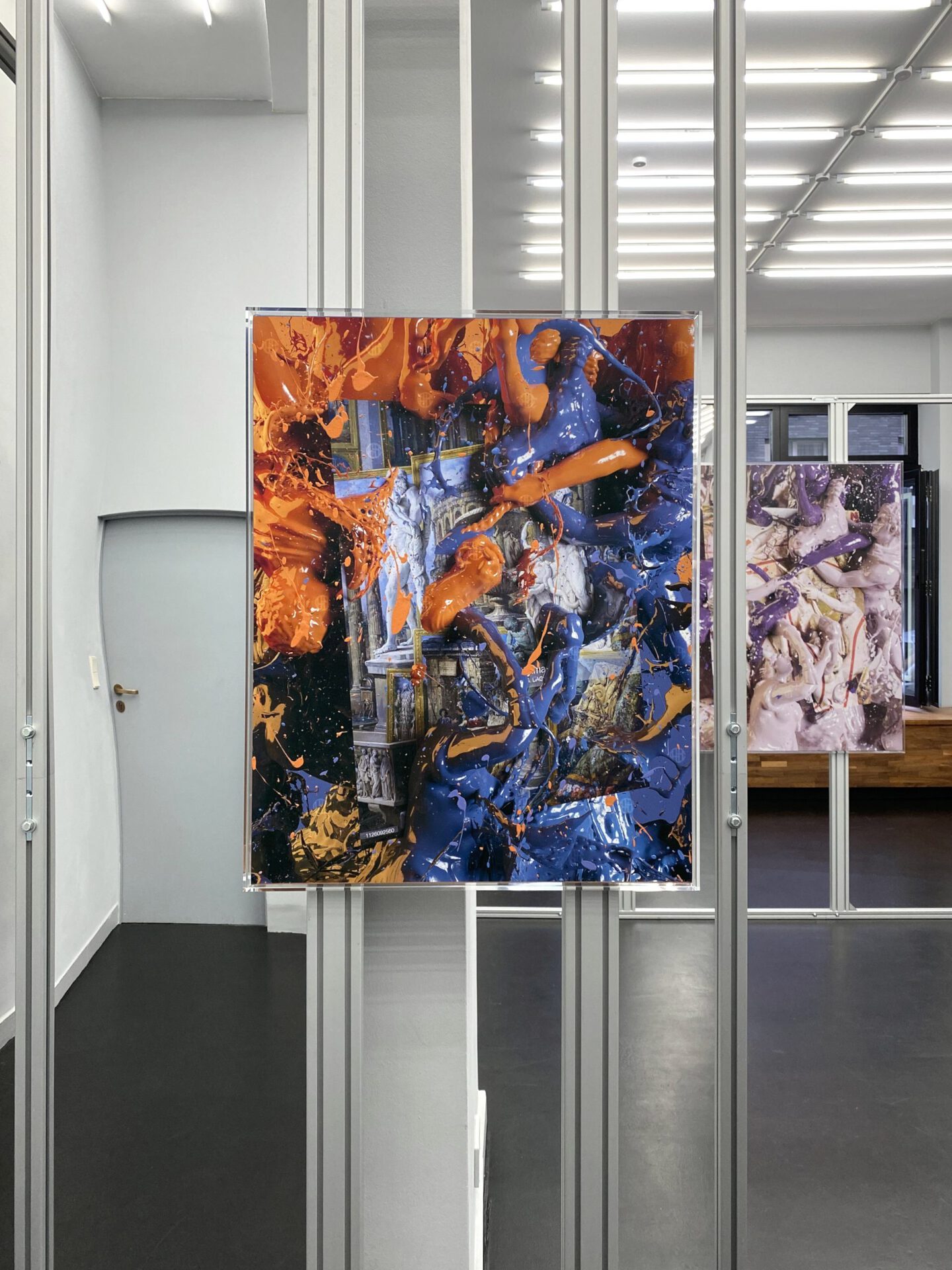
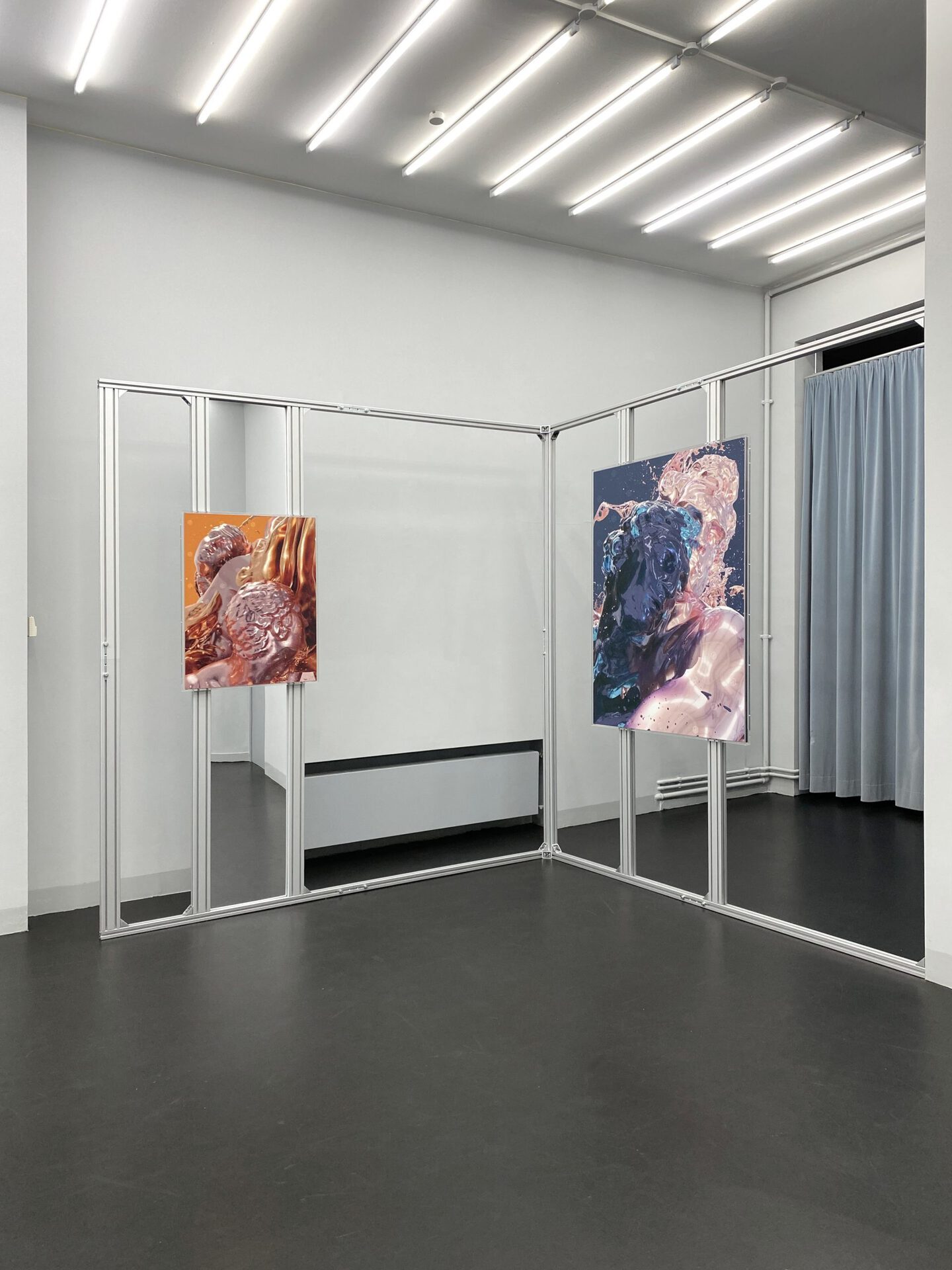
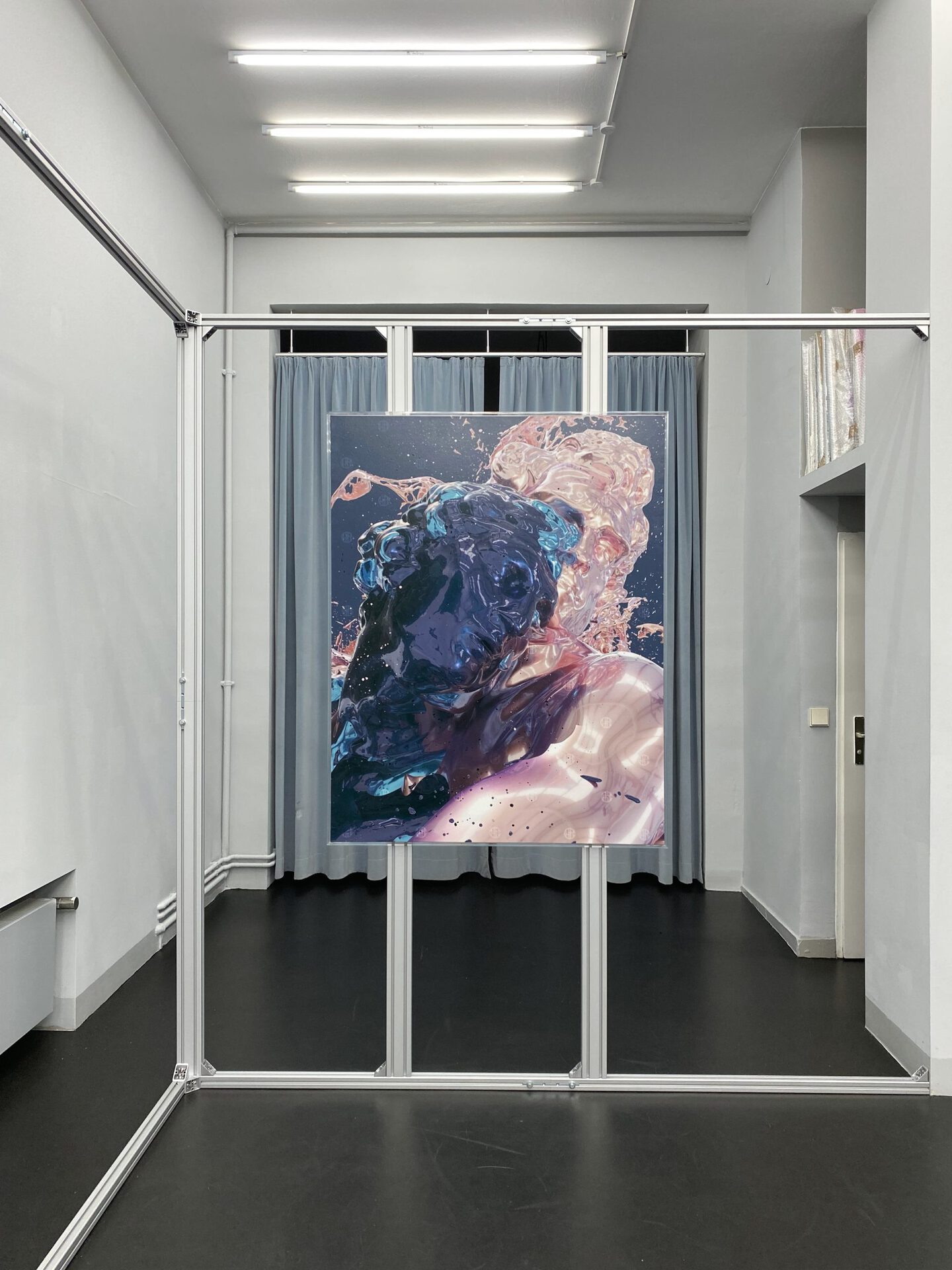
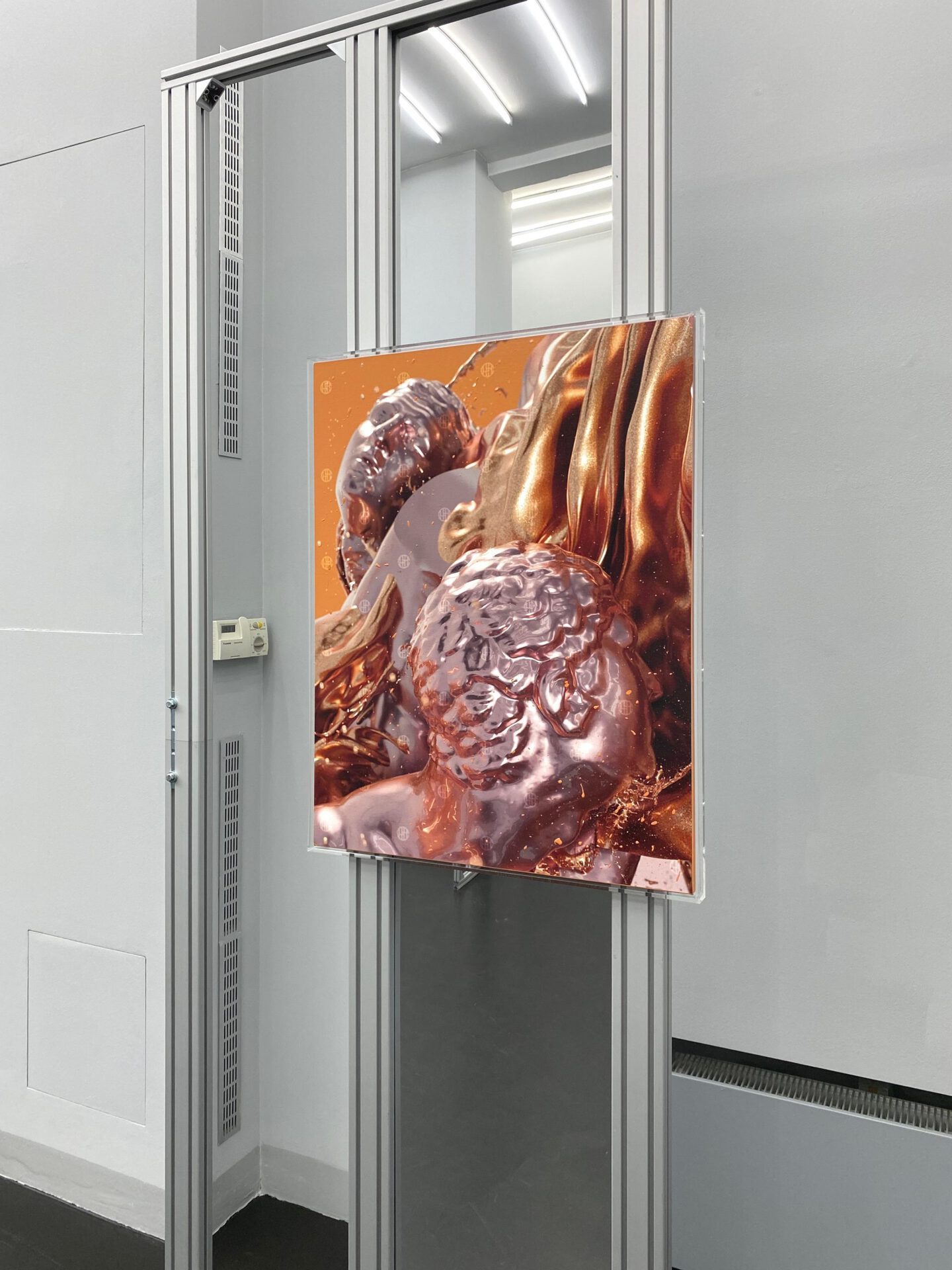
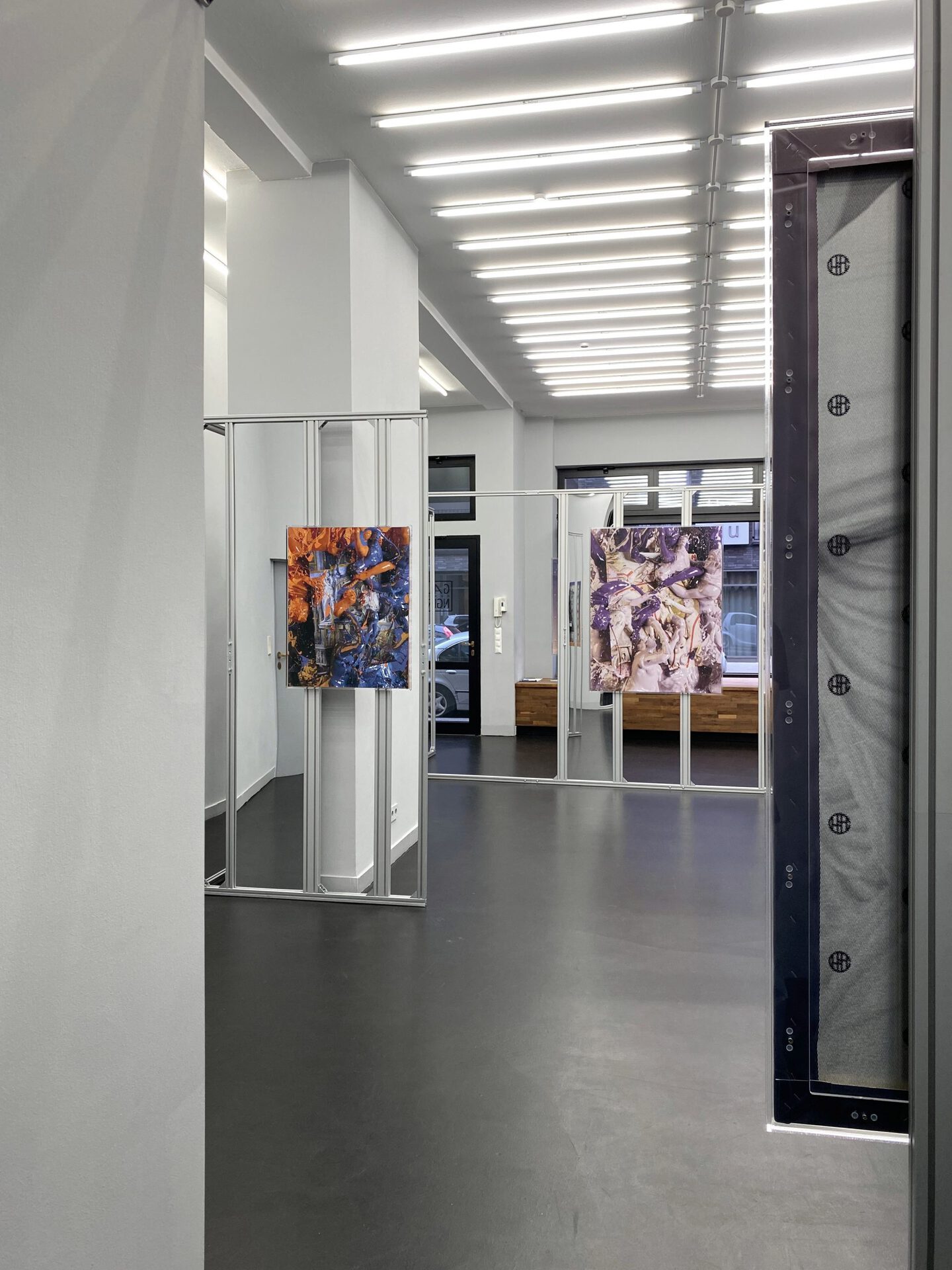
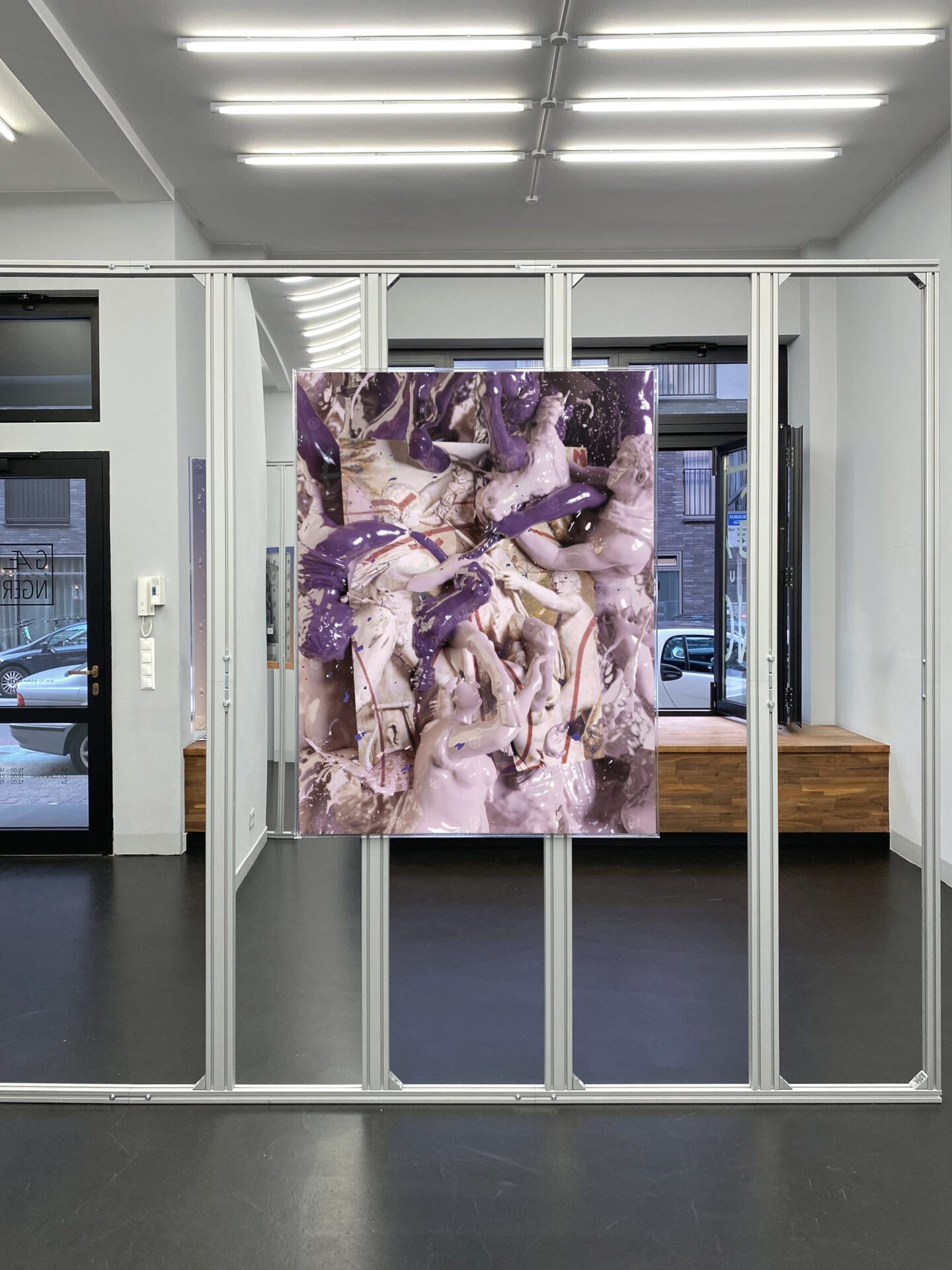
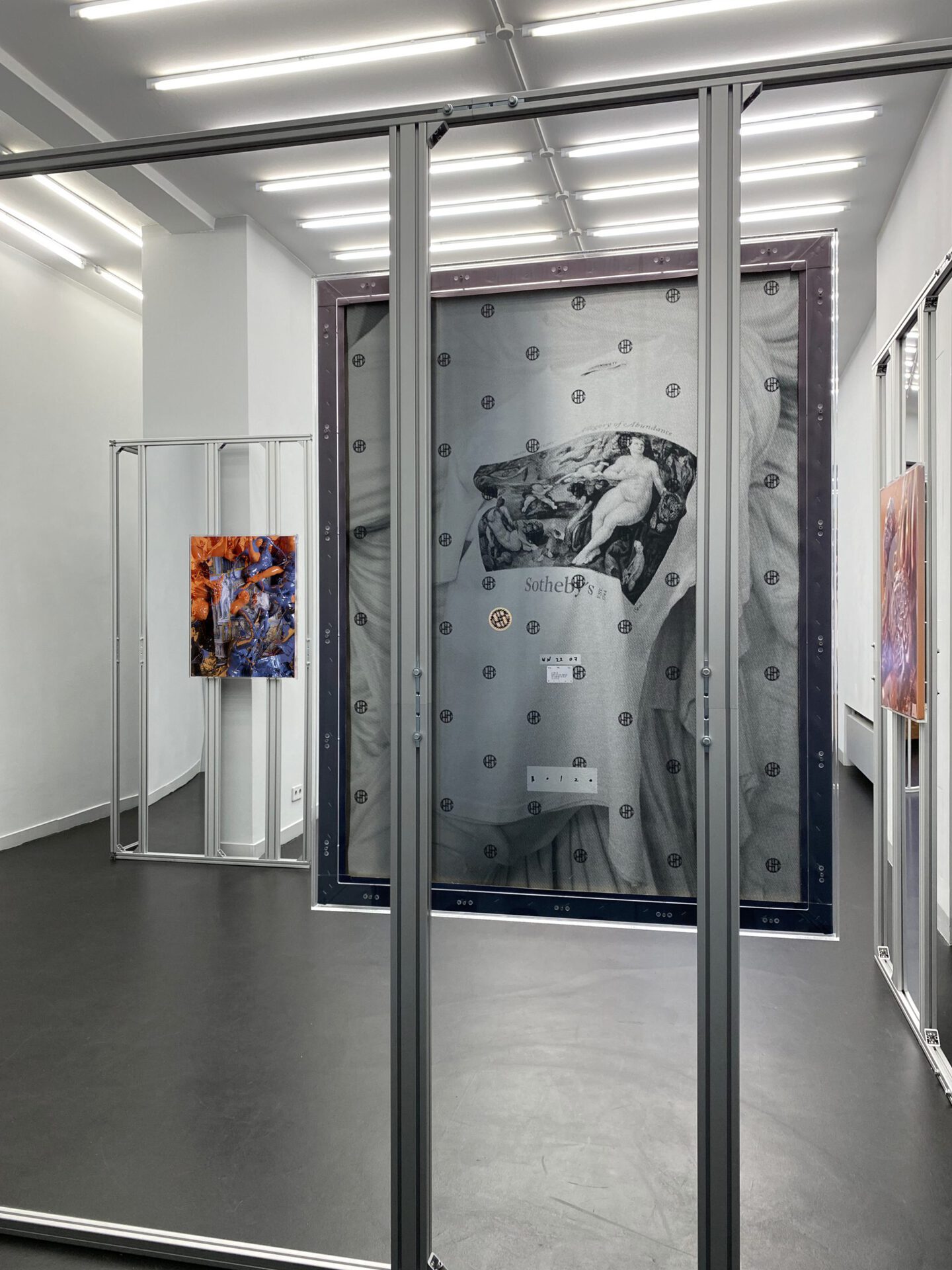


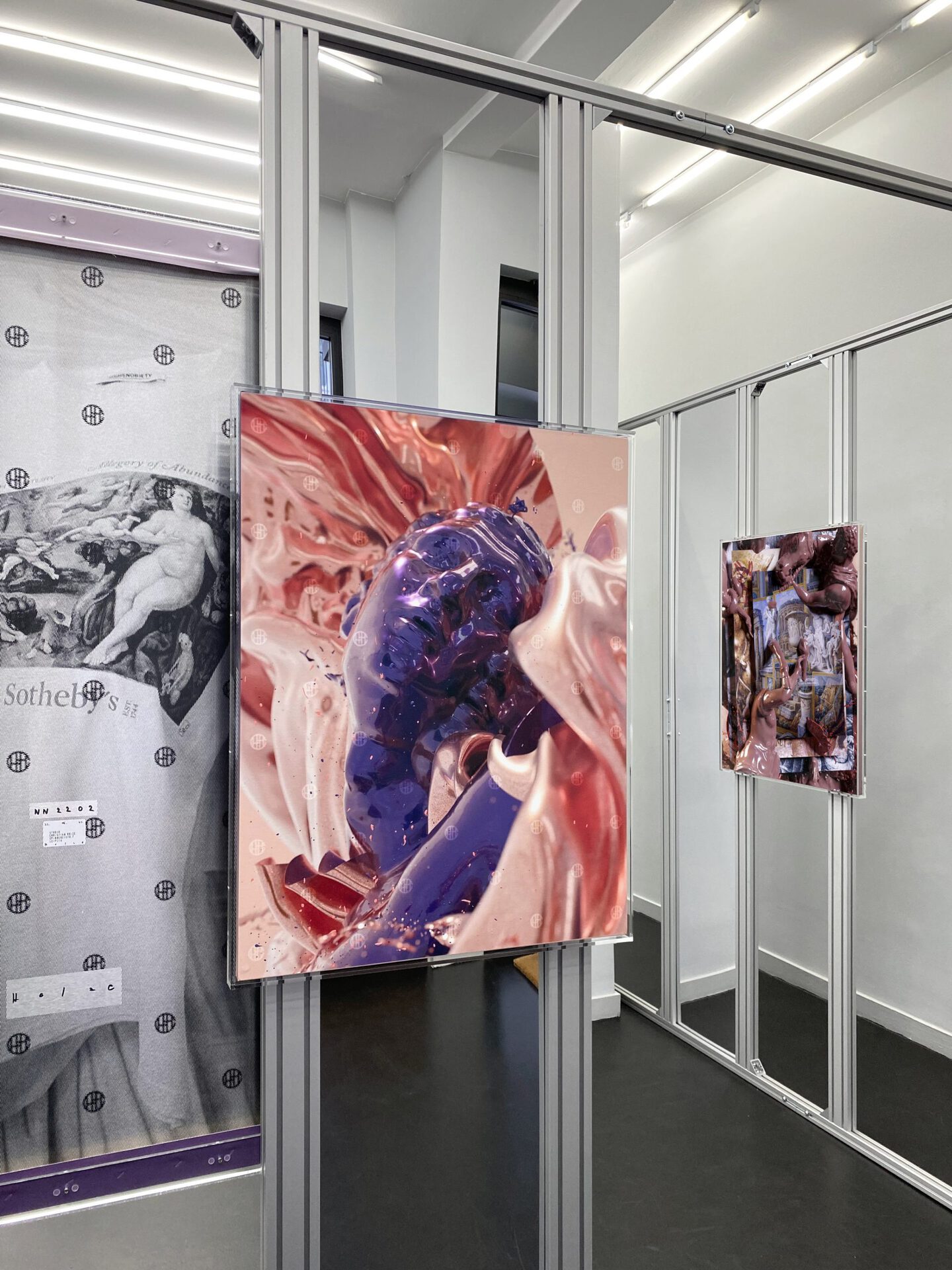

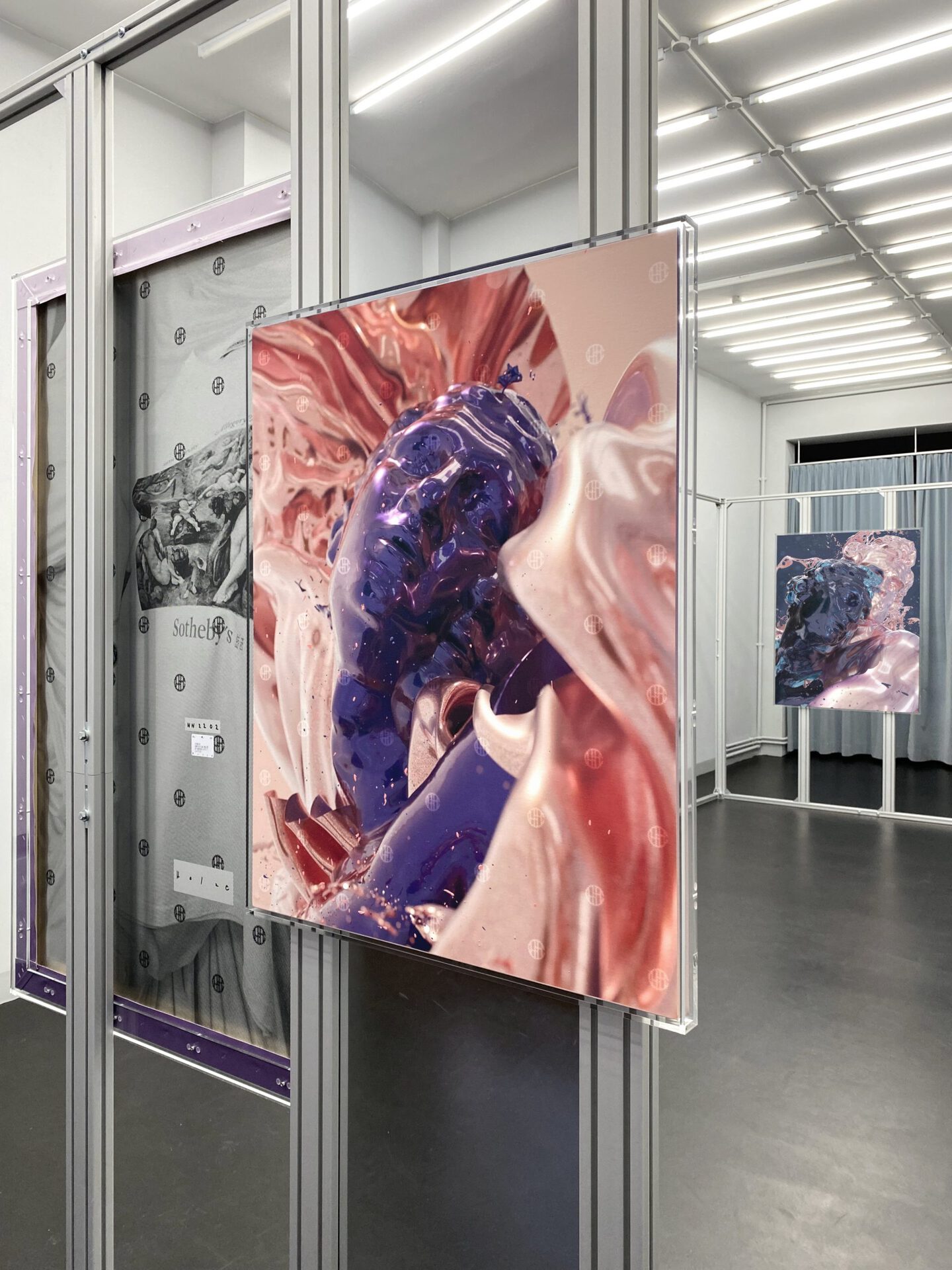
Location
RundgængerDate
29.06 –19.08.2022Subheadline
Galerie Rundgænger by Schierke Seinecke is pleased to present the Leipzig artist Christian Holze to the Frankfurt public in the solo exhibition “Fear and Greed”. The works shown relate to antiquity and the Renaissance. For their creation, Holze uses digital means and thus takes a refreshing look at two outstanding works of art history. In doing so, he deals with questions of imitation and reproduction, examines the relationship between commerce and culture and arrives at astonishing results.Text
The transformation, repetition and adaptation of existing artwork is a fundamental principle
of artistic practice. These principles go as far back as Greek and Roman antiquity where the major
works of sculpture of the time were reproduced to great renown through replicas, copies and new
variations. In the twentieth century, Marcel Duchamp’s readymade and AndyWarhol’s Factory
broke with twentieth-century dogmas of originality and innovation,resulting in artists engaging
more deeply with historical artistic traditions. Consequently,citation and appropriation became the
apparatus for a postmodern understanding of artworkwith repetition being its defining stylistic
feature.
Christian Holze’s exhibition Fear & Greed stages the comeback of one of the main artworks of late
Hellenistic sculpture The Borghese Gladiator (Louvre,Paris) in the form of a virtual re-enactment.
The life-size marble statue showing a young warrior in the lunge position was added to the
collection of Cardinal Scipione Borghese soonafter it was found in the year 1609. Since then it has
often been copied and adapted. The precise realisation of anatomical details of the athletic body and
its complex movements hasfound special admiration amongst artists and scholars. In 1623, Lorenzo
Bernini, for instance, made his David (Galleria Borghese, Rome) based on the appropriation of the
main elementsof the antique role-model. Bernini’s statue stands as one of the main artworks of the
European Baroque. The artwork combines the study of nature and antiquity to produce a dynamic,
lively figure, its vivid mimicry of masterful expression, on view from all angles.
While the Borghese Gladiator and Bernini’s David were once the popular plaster casts ofantique
sculpture, they later led a shadowy existence hidden in the depths of historical collections. Along
with other masterpieces of sculpture, however, they experienced a “Renaissance” through virtual
reality. Virtual reality gives these artworks new roles inmultiple contexts. For instance, web portals
sell the pieces of art as 3D-Scans for developersof computer animations and they are used by
advertising companies as well as in movie andtelevision production. Based on such commercial 3D objects, Christian Holze develops render graphics. He creates his pieces free from physical
characteristics, like a sculptor in asimulated space, with multiple tools and procedures. The new
digital tools of raytracing andcloth collision refer to the realisation of the mirroring of surfaces and
the directing of thefusion of fabric and objects. The immaterial character paired with realistic light
and glazing effects define the visual appearance of this metamorphosis, blurring the lines of reality
andimagination. Next to artworks with soft, flowing fold-arrangements, Holze repeatedly manages
to melt physiognomies of the two hero-sculptures into more than brotherly embraces, yielding a
fluid polymorph mass. These sculptural double-statues embodysnapshots of possible conditions of
movement in a virtual space with total permeability andminimal bounciness. Thereby, the avatars of
Bernini’s David and of the antique warrior areconnected to postmodern »Tableaux Vivants«, beyond
painting and sculpture.
The blending of the original form into digital colour surfaces without material structure istranslated
into Inkjet Prints on canvas. The canvas is ultimately varnished as well as partiallypainted over by
hand with a paintbrush and colour. As printed originals, they thus stand fortheir own inner conflict.
The classical canvas-art prints of famous paintings by master artists can be understood as a
contemporary market response to an individuals’ societally rooted longing for the materiality of the
unaffordable original, a purchase left exclusively to afinancially fluid elite.
In his artworks, Holze thematizes the relationship between artistic workand commercialism. In
doing so, he processes the fashion industry’s motives and questionsrelating to the marketing of
copyright and branding-phenomenon. Consequently, digital watermarks referencing the online
picture databases keep reappearing inHolze’s artworks. As copy protection, their purpose is to
prevent the uncontrolled distributionof the non-authorised use of artwork. They mark the claim of
ownership in the form of asignet and lie over the graphical figures like a transparent net. The
obvious connection to theluxury segment of a highly coded fashion industry cannot be disregarded.
Logos and brandnames printed on textiles not only visually mark the belonging to a specific
company, they also contribute massively to the sales value and thereby to the success of the item. In
fashion, the excessive focus on consumer products and emphasis on the label is especially popular
with brands where the name becomes added value. The brand name thereby has a tangibleinfluence
on the aura of the desired, fetishized object. Business collaborations in the creative and cultural
scene use this mechanism to transfer the style, image and status of certain artists to their
commercial output.
In January 2020, thefashion brand Highsnobiety launched its new Old Masters-line in collaboration
with Sotheby’s. In the spirit of the digital culture of replication, artworks were reproduced on tshirts and sweaters, combined with elements of the Sotheby’s Corporate Design and brand logo.
Three years earlier at the Paris Runway Fashion Show, Virgil Abloh presented the new
autumn/winter collection 2017 of his brand Off-White, calling it Nothing New. The campaignshot
published on Instagram shows a black and white version of Duchamp’s Mona Lisa withmoustache
(L.H.O.O.Q, 1919) along with the famous pseudonym of the artist, »R. Mutt1917«. This signature,
however, can only be found in this form on his artwork Fountain from1917, marking the most
famous readymade in art history.
The idea of samples and the free montage of pawned pieces from a variety of sources, thepervasion
of popular and high culture, of street wear and haute couture in the fashion industry all stand in the
tradition of an established cultural technique.
By combining all these differentcontexts and meanings in his artistic practice, Holze not only
claims authorship, he further refers to the fact that his models originated from databases and he
emphasizes the product character of his artwork, designed for a market which connects the pricing
and increase invalue of a product solely to an artist’s name. Therefore, Holze’s labelling of his
works withbadges or pendants can be understood as both an artist’s signature and as the labelling of
hisgoods. The labelling of his work serves to prove authenticity and coin the brand. In turn, the
arrangement of the artwork in the exhibition room on a modular launch system made ofvariable
aluminium frames, highlights his working in a virtual, three-dimensional space. Incidentally, there
is nothing known about the creator of the Borghese Gladiator. Only thesignature on the pedestal of
the sculpture reveals a name delivered to posterity: Agasias of Ephesus, whose fame lives on
through a single piece of art. Scholars now assume that themarble statue was based on a long-lost
bronze paragon. In this case, the artist’s signature would be even more astonishing as it leads one to
assume that even in antiquity there was anawareness that transmissions were not simply seen as
reproductions, that transferring processes were instead perceived as artistic achievements in their
own right. Differences inmaterial, format, and tools, as well as individual preferences and skills
have always led toalterations and reshaping, resulting in new artwork: nothing new.
Anka Ziefer
Translated by Sophie Rodoreda
Anka Ziefer